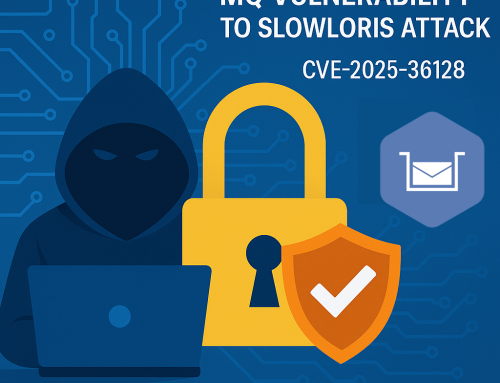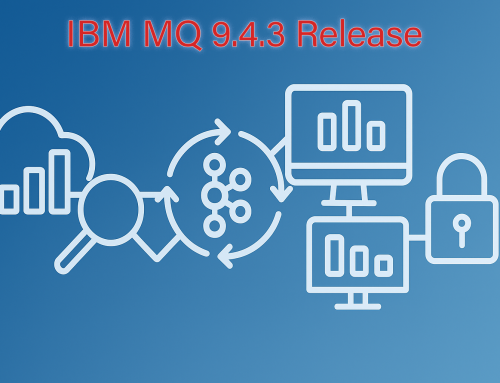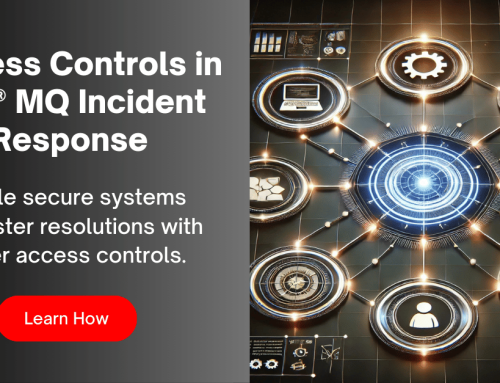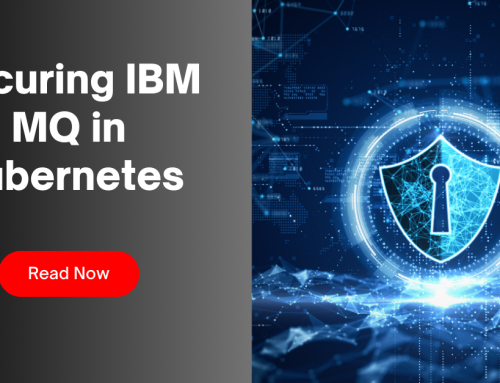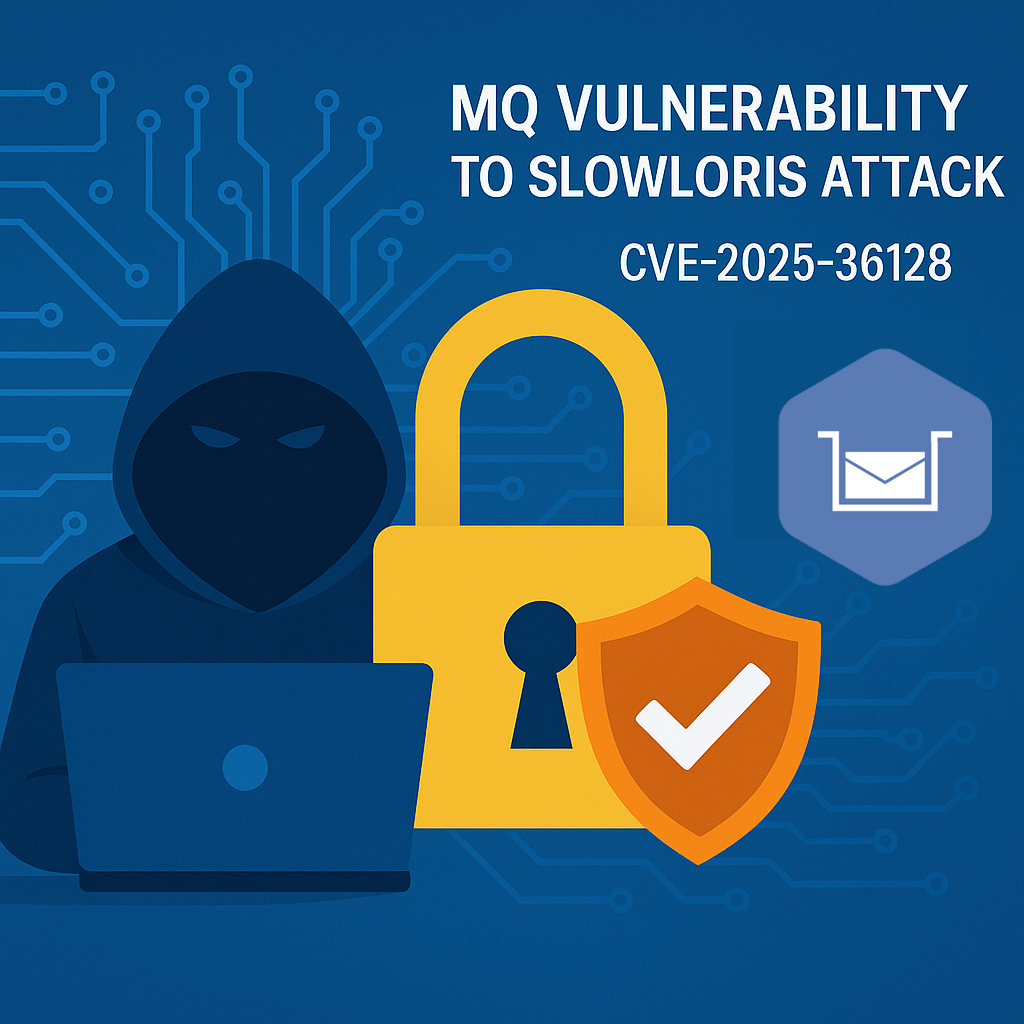How to Improve Productivity Across IT with Smart, Safe Self-Service
There was a time when IT self-service was considered inconvenient. In the early days, when the underlying technology was often slow, erratic, and inconsistent, many felt it was faster and easier to rely on a live person. Today digitally-familiar users can’t imagine a world without it.
The beauty of technology self-service is in how it allows you to scale your business, paying dividends as you grow – particularly in technical and customer support. According to a commissioned study conducted by Forrester in March 2021, 63% of respondents reported it can take them up to 3 days to provision on-premises IT resources. This is detrimental to scalability but something that can be mediated through safe self-service. The cost savings of secure self-service also enables scalability. Provide support through self-service and it will cost you less than 1% of what it costs you to provide it through staff. Plus, 71% of consumers of information want to solve issues on their own. So, not only does a self-service option cost less and save time, it’s what your users want.
Still, in I&O departments, especially enterprise messaging and middleware, the adoption curve for self-service has been slow. There, perceived security challenges often restrain the implementation of self-service capabilities. In the same Forrester study, they found that 58% of professionals at organizations not currently providing IT self-service capabilities reported security challenges as the reason.
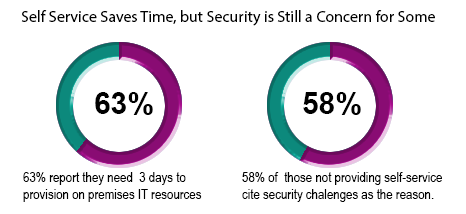
However, with the proper management approach, Enterprise Messaging and Middleware leaders can have their cake and eat it too.
At Middleware Mash-up 2021 Peter D’Agosta, Co-Founder of Avada Software and Chief Product Manager for Infrared360, presented a session on achieving safe, smart IT Self-service and the benefits to not only Enterprise Messaging Departments, but to DevOps and all of I&O. The session is now available in recording. In the session he discusses the origins of self-service and how it came to be a prominent paradigm for IT, and how to mitigate risks for these more security-critical areas of IT. He also covers:
- How self-service evolved and where it is today
- Key Requirements for Safe, Smart Self-Service
- How to provide secure self-service in even the most sensitive transactional environments
- Industry specific examples of cost savings for I&O and Enterprise Messaging leaders
While IT self-service may make your customers happy, the real reasons I&O leaders look to implement is for cutting costs, increasing customer lifetime value, and boosting balance sheets. Watch the recorded session to see how to implement smart self-service that mitigates risks to boost your operation’s productivity and bottom line.
More Infrared360® Resources

